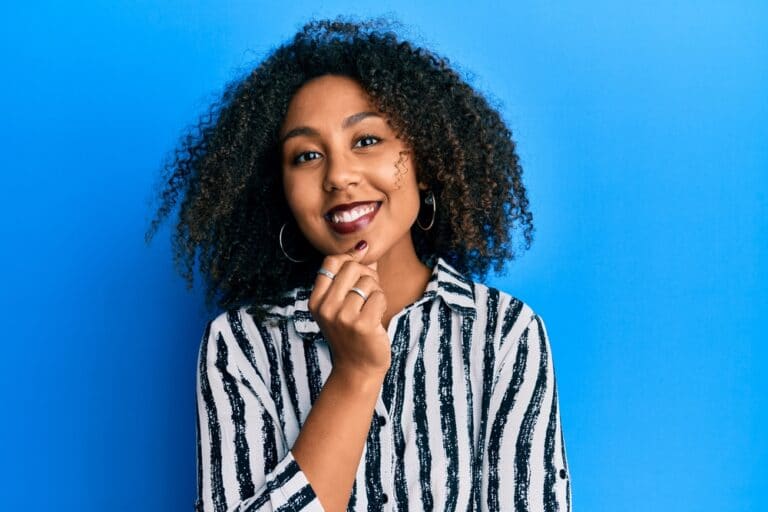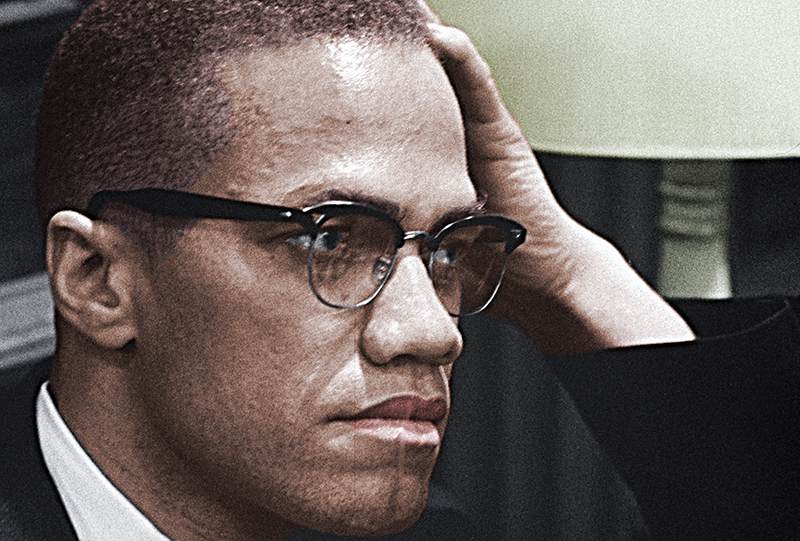Table Of Content

Head lice would have difficulty attaching firmly to smooth or slippery surfaces like plastic, metal, polished synthetic leathers, and other similar materials. In addition to medication, thoroughly comb hair with a special comb to remove any remaining eggs or dead lice. From Omotosho’s experience, it may be harder to comb through using the nit remover comb for Black women because of their hair texture. To make the process a little easier, it is recommended to apply conditioner to textured hair after treatment.
Charitable Care & Financial Assistance
African-American hair is typically thicker and has a different texture than other ethnic backgrounds. This hair type can make it more challenging to detect and remove lice and their eggs, known as nits. Head lice are spread by direct contact with the hair of an infested person. Anyone who comes in head-to-head contact with someone who already has head lice is at greatest risk. Spread by contact with clothing (such as hats, scarves, coats) or other personal items (such as combs, brushes, or towels) used by an infested person is uncommon. Personal hygiene or cleanliness in the home or school has nothing to do with getting head lice.
Black People With Tightly Coiled, Curly Hair Can Get Lice: Expert - Business Insider
Black People With Tightly Coiled, Curly Hair Can Get Lice: Expert.
Posted: Fri, 04 Feb 2022 08:00:00 GMT [source]
How many infestations occur each year?
In addition, any type of cream or oil applied helps to put a protective layer on the hair making it harder for the bugs to use their claws to attach to the strands. African American children whose parents adhere to the aforementioned strategies will be at less risk to get head lice than other children, regardless of the ethnic or racial group. Check your child's head regularly and if you see a head louse on the hair shafts, begin to treat lice or call us for help. If live lice and nits are still being found after seven days, the second treatment of malathion is recommended. During this time other family members should be checked for head lice infestation.

Do Black Hair Products Prevent Head Lice?
Why is touching Black people's hair considered offensive? - GMA News Online
Why is touching Black people's hair considered offensive?.
Posted: Mon, 11 Mar 2024 07:00:00 GMT [source]
It turns out that white people tend to have round cross sections for their hair, a shape that our European lice are well adapted to. Black people, on the other hand, tend to have an oval cross section shape to their hair. This oval shape is just different enough to make lice uncommon with African-Americans. On the continent of Africa, however, there are lice that are well adapted to this oval shape resulting in plenty of African children suffering from lice. Henry told Insider anyone with curly hair who thinks they may have lice should enlist the help of an expert. Rather than wasting time and money trying to cure an infestation with over-the-counter products, Henry recommends calling a dermatologist and making an appointment.
Head lice
Malathion lotion is both ovicidal (kills a portion of lice eggs), and pediculicidal (kills the live lice). I understand that treating and preventing lice can be a straightforward process if the right methods are adopted. Accurate identification and consistent application of treatments are crucial. Here, I’ll discuss both the effective remedies for dealing with infestations and the measures that can preemptively halt the spread of these parasitic insects. A person should check the hair again 8–12 hours after the treatment and avoid rewashing it until at least 2 days afterward. It is important to continue to comb through the hair once a day with the comb to remove any dead lice.
The Latest In General Health
There are several reliable over the counter and prescription elimination products on the market. These products work in a variety of ways, but most serve to paralyze and kill the parasites quickly and effectively. While the process can be repeated daily, if any nits aren’t killed and removed from the hair, the parasites will continue to come back. Talk to your health care provider to choose the product you feel most comfortable with using to treat an infestation.
A popular misconception is that head lice are attracted to “dirty” hair. In reality, the spread of lice is not affected by personal hygiene and the cleanliness of a person’s hair or environment. Teaching children to avoid certain types of play can lessen the chances of them getting infected by head lice. The most common way that the head lice are spread is from direct hair-to-hair or head-to-head contact. It is less common that the parasites can be spread by way of sharing belongings or clothing.
It is important to note that lice can camouflage themselves to mimic their host. As a professional stylist, Omotosho suggests that people avoid sharing hair accessories, such as scrunchies, bonnets and head wraps, because lice tend to hide there. Black people often think of lice as a problem that only affects other races; however, the truth is, it can happen to anyone. Lice are highly contagious parasites that can easily spread from person to person through close contact. When you remove hair extensions, any present lice in them die off in two days or less, given their lack of feeding material.
What Are the Symptoms of Lice Infestation?

I’ve found that close contact with an infested person significantly increases the risk of getting head lice. Cleanliness isn’t as much of a factor as many think; lice can thrive in clean hair as well as hair that isn’t regularly washed. By understanding these elements, individuals can seek appropriate lice treatment and take preventive measures to avoid infestations. The steps for getting rid of head lice are generally the same, regardless of hair type. In addition, the researchers note that the use of hair oils could also play a part.
If your child is diagnosed with lice, it’s important to alert the school nurse or your child’s teacher so that other children can be checked and the life cycle can be ended. Your options include over the counter products, natural products, and prescription products. When nits are found, the eggs have usually already hatched and turned into nymphs or adult lice which may or may not still be living in the hair. Head lice in afro hair can be challenging to identify if the hair is coarse, but not impossible. The easiest way to detect a case of lice is to look for nits on the hair shaft near the scalp. With this, the hair shape makes it difficult for super lice or any type to cling efficiently.
I recognize the pivotal role of education in dispelling misconceptions about lice, especially within schools where children are in close contact. My guidance stresses that all hair types can get lice, but due to differences in hair texture and styling methods, black individuals may experience a lower incidence of infestation. Hygiene is unrelated to lice presence, and implying otherwise unfairly propagates stigma. Awareness programs should emphasize that while lice are less common in black communities, it is not impossible, and any itching or sores on the scalp should be examined.
It is important to educate yourself with the facts about lice infestations and how they are contracted. While dealing with them can cause embarrassment, sadness and anxiety, it is important to know that you are not alone if you get infected. Be sure to take the proper steps for treatment and reduce your stress levels. However, to make sure that you completely understand, black people can definitely get head lice. Also, black people should follow the same treatment advice outlined in this article. Another interesting piece of data is regarding infestations in black people.
Black hair does not have a higher or lower chance of lice infestation than any other hair color. Contact with an infected person is the leading cause of contracting head lice. This may occur in the course of everyday activities, such as games, sports, sleepovers, or even classroom discussions.
Sharing clothing, caps, combs, or other personal items used by an affected person might spread the lice and their eggs to other people. As it’s observed that the factors mentioned above only act as an obstacle for head lice to stay longer in curly hair, it’s not that they can’t reside in your hair. In some cases, it’s also reported that a louse may be capable of adaptation. And once it happens, you will need extra precautions than now to prevent them from growing or spreading.

No comments:
Post a Comment